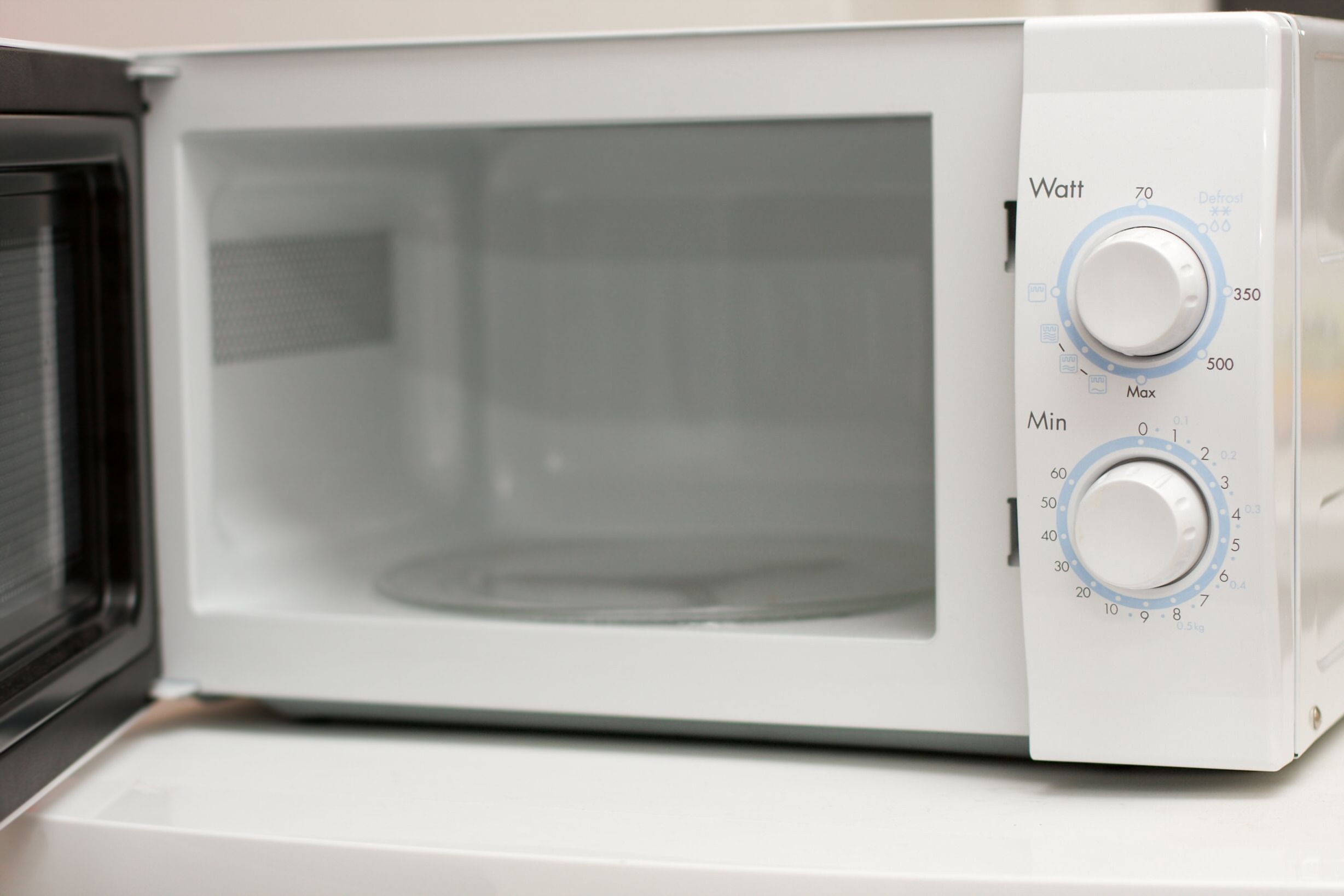Well, one thing we know for sure at The Optimist Daily is that folks love their houseplants. A remarkable and entertaining note from our team is that this past four months almost ALL of our houseplant articles have gone viral. So, we are going to go with the flow and dig a little deeper into the benefits of in-home dirt growing friends.
Before we dive into how to care for your houseplants, first, let’s look at why you should have them in the first place. In addition to beautifying your living space, houseplants actually have health benefits!
As we shared in a story earlier this year, a GP practice in Manchester, England is actually prescribing plants to help people with anxiety, depression, and loneliness. Patients are given plants to care for, which are later planted in the surgery’s communal garden – a place that offers both the benefits of green space as well as social connections. Supported by the city’s health commissioners, the concept is a wonderfully holistic way to promote community involvement while improving wellbeing in the city.
Even if your doctor isn’t prescribing you houseplants, they are great for purifying the air in your home by cleaning out stale and polluted air. A great variety for this is bamboo palms, which grow well even if your home doesn’t receive a lot of natural light. Spider plants are also hearty cleaners which will last even if you don’t have a green thumb and the golden pothos is a fast-growing plant, needs little water, absorbs CO2 and formaldehyde, and brings fresh air inside. If you crave a splash of color, Chrysanthemum and Azalea plants detoxify and produce beautiful blooms.
Okay, so you’ve decided to become a plant parent, but how do you keep them alive? Many houseplants are resilient and will push through even under the care of an amateur plant owner, but what if we told you naming your plants can actually help them live longer? That’s right. Naming plants helps us feel more connected to them and remember to care for them. It allows you to anthropomorphize the plant and empathize when it needs water, sun, or a bigger pot. Research has also shown that talking to plants helps them grow faster and stay healthier. So feel free to give your plant a morning greeting or afternoon hello as well.
Once your plant has a name, it’s time to think about feeding, watering, and sunlight. Start by looking up care instructions for your plant. Some, like pothos, love water, while others, like succulents prefer to be hydrated sparingly. When it comes to feeding your leafy friends, feed once every couple weeks during the spring and summer, when plants grow the most, and cut back to once a month during the more dormant winter months. Have leaning houseplanT? We’ve got a simple solution – rotate!!!!
You may be surprised to know that the time of day that you water your plants can also affect their health. According to gardening experts, the morning is the perfect time to water both indoor and outdoor plants; this can be due to a number of reasons, including the amount of sunlight they get, how hot the weather is, and if you have just repotted your plants. This article will tell you everything you need to know to set a watering schedule for your green friends.
Plants adjust to the change of seasons just like humans do, so as we head into fall, it’s the perfect time to prepare your plants for winter. This means doing the following:
- Bring them inside. During the warm summer months, many houseplants benefit from the sunlight and fresh air of a porch or backyard, but as it starts to get cold again, they should be brought inside. Take your plants indoors before the weather drops to 55 degrees Fahrenheit
- Time to repot? After an active summer of growing, many plants might be feeling cramped in their pots. If your plant is curling in on itself or growing roots out the drainage holes of its pot, it’s time for a bigger home.
- Give them a shower. Just like humans, houseplants collect dirt over time. Refresh them, soak their roots, and clean dust off their leaves with a light rinse.
- Time for a trim? Trimming plants tidies them up and gives them room for new growth. Start by removing any dead or yellowing leaves at their base. You can also clear out some healthy leaves if the plant is looking crowded, just don’t clean out more than 20 percent of the plant’s volume. If you have any scarred leaves, cut the damaged area off with sharp scissors at an angle ¼ inch below the scar. Pro tip: wipe your scissor blades with rubbing alcohol between cuts to prevent spreading any infections or pests.
- Fertilize. You should cut back on feeding plants during the fall and winter, but it doesn’t hurt to do an end of season light feed before the winter sets in.
- Think about light and temperature. As the seasons change so does the sunlight and warmth in your home. Be sure to keep plants in a warm area away from drafts but not too close to hazards like radiators or fireplaces.
- Adjust your watering. With less light and lower temperatures, plants don’t grow as quickly in the winter months and require less hydration. Be careful not to overwater during this slower season.
Spring is the ideal time to repot your plants, but if you’re noticing your plant is slowing in growth or its roots are popping out of the bottom of its container, it’s time to give it a bigger home. When repotting, be sure to detangle roots, loosen any compact soil, and be sure to give your plant a good watering in its new pot. For more detailed instructions, check out our full article on repotting here.
You may also notice that your plants are being perturbed by pesky pests. While indoor plants are not as vulnerable to pests as their outdoor counterparts, if the plant’s environment is too moist, it can easily attract creepy crawlers. To resolve this, be sure you’re caring for your plant properly and try wiping down the leaves with a damp towel to clean off bugs. If the problem persists, you can try neem oil, a natural insecticide. Simply mix 2 tablespoons to a gallon of water and spray your plant down.
Cleaning your plants may seem like a trivial task but in addition to keeping them clear of bugs, scientific evidence suggests that it can benefit the overall health of your houseplant. Some tips to save you time and keep your plants healthy include giving them a quick rinse in the shower or bath, dusting them gently with a feather duster, or putting them outside when it rains. You can find more tips on caring for the cleanliness of your plants here.
If you have plants in your house that have always seemed to thrive, and you have followed these tips for keeping them healthy and happy, you may be confused to see them start to struggle or look like they are dying. This may be because they are due for a move. When you think of plants covering the lush forest floor, it’s easy to imagine their roots slinking through the soil, shooting forth in their heroic hunt for water and nutrients. When you take these plants and put them in pots, their roots don’t exactly know what to do; they continue to stretch and tangle themselves until your plant becomes root bound and can no longer successfully grow. Putting your plant into a new pot with fresh soil can reinvigorate it and help it thrive once more!












